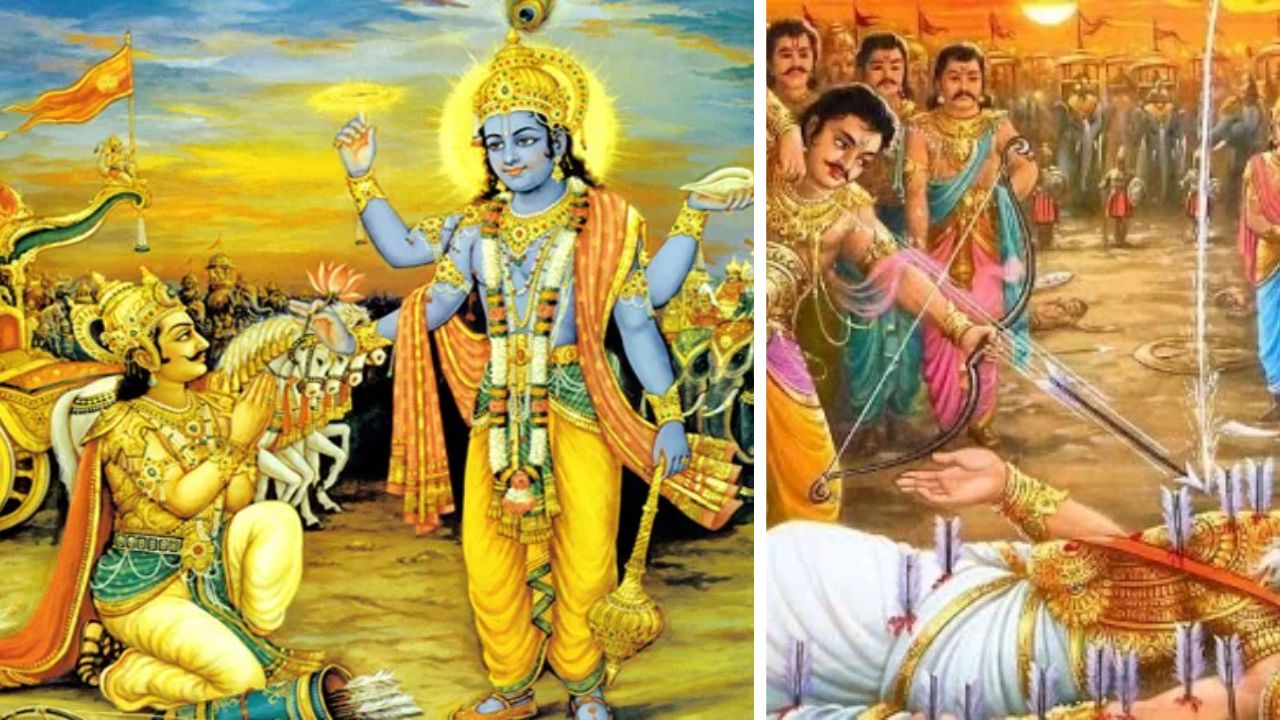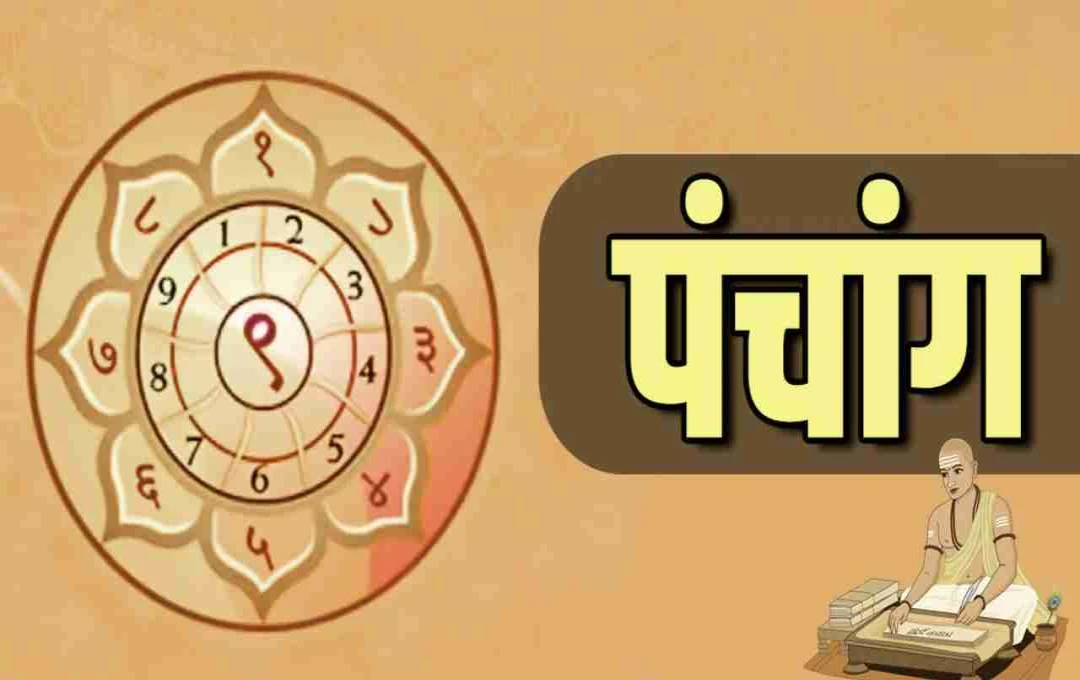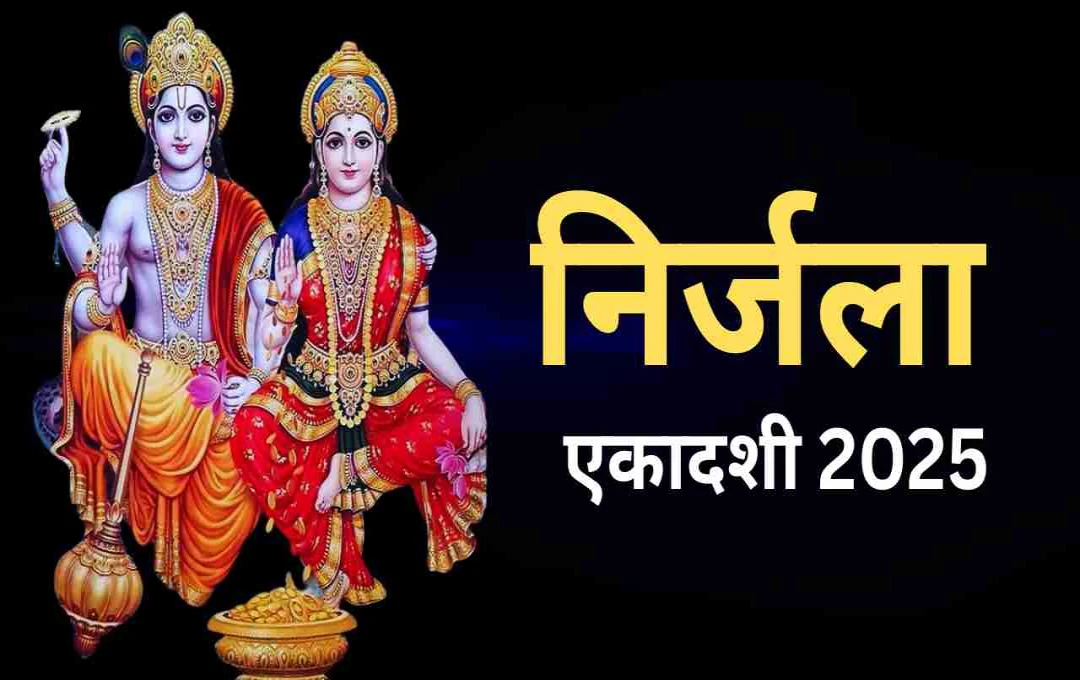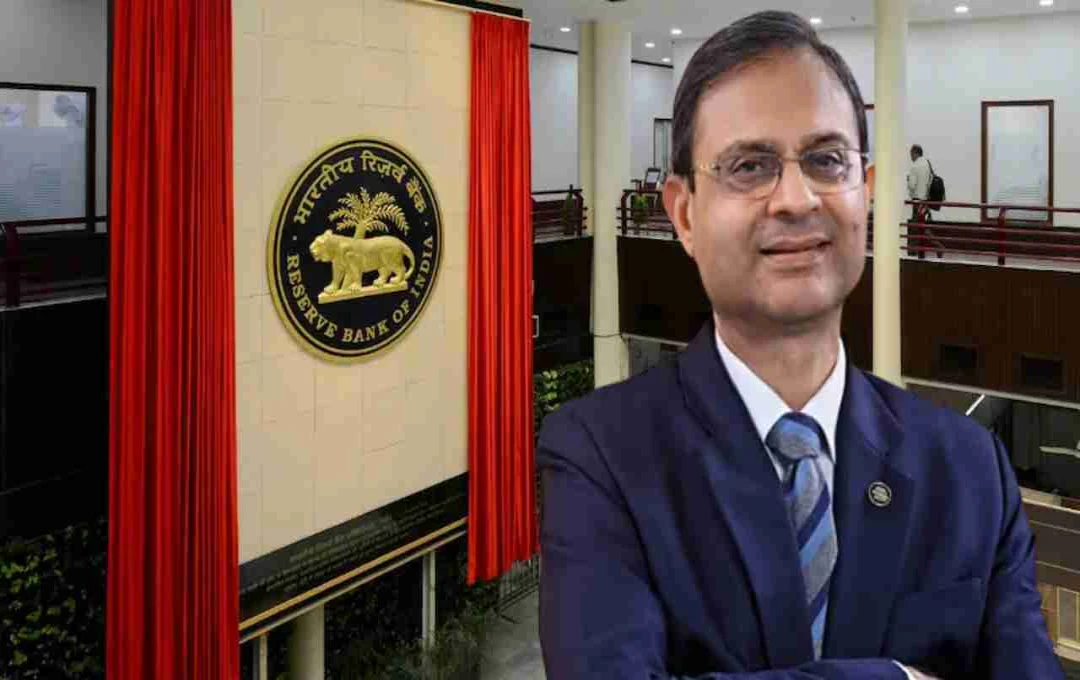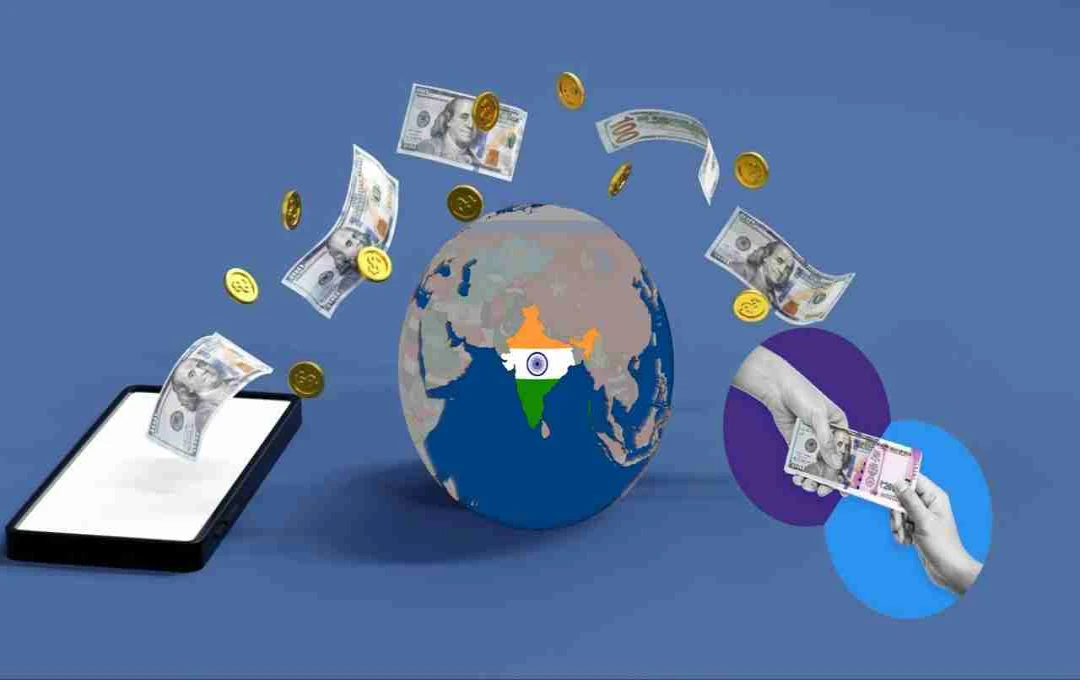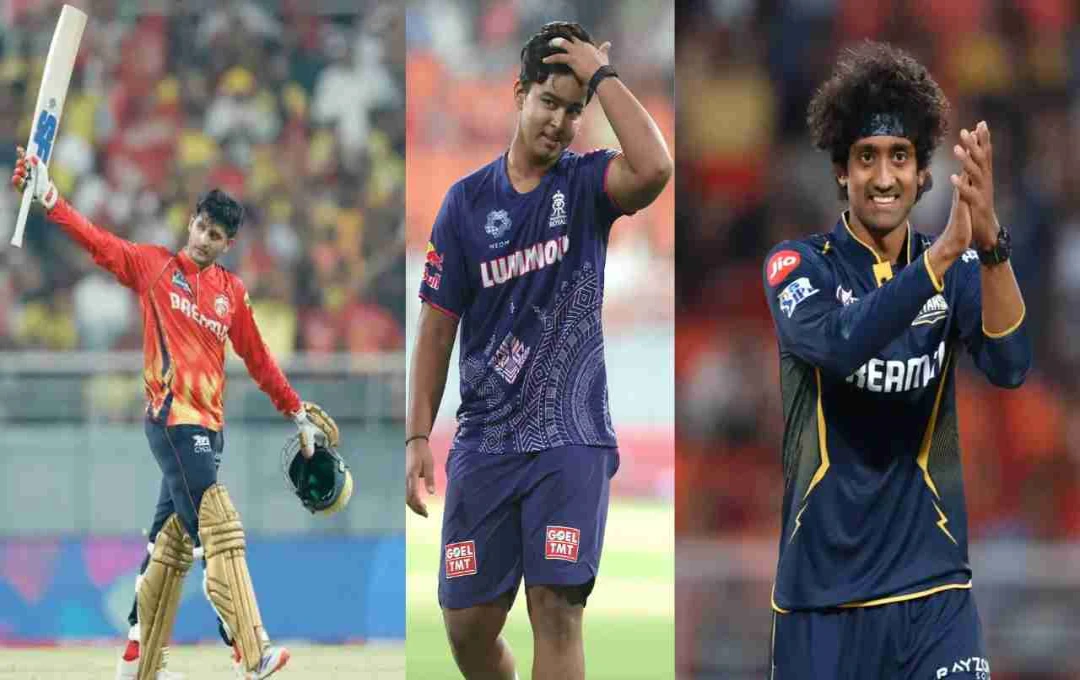Evidence Supporting the Mahabharata: Astonishing Facts and Their Reality
The Mahabharata, a major Hindu epic categorized as a Smriti (tradition), is often simply referred to as "Mahabharata." This epic is considered India's unique religious, mythological, historical, and philosophical text. The world is diverse, with individuals holding varying beliefs; some believe in God, while others are atheists. Believers are called "Astika," and non-believers are termed "Nastika." Similarly, opinions on the Mahabharata are divided. The Mahabharata is considered a historical and philosophical text of India, written as a great epic poem. It is considered the world's longest epic poem. Some believe such events never occurred. Kurukshetra's land, still in Haryana state today, bears witness to this bloodshed.
We will now present facts related to the Mahabharata that have intrigued scientists. Let's explore fascinating stories from the Mahabharata, prompting reflection on how this 18-day epic concluded a family's saga while bestowing the Bhagavad Gita upon the world. The Gita encapsulates life's essence and guides us towards the right path.
The Red Soil of Kurukshetra
The Mahabharata war took place in Kurukshetra, located in present-day Haryana. The bloodshed is said to have turned the land red. Archaeologists believe the Mahabharata events were real, citing the discovery of iron arrows and spears buried in the soil. Testing dates them to 2800 BCE, contemporary with the Mahabharata period.
Brahmastra
The Mahabharata mentions the Brahmastra, a terrifying weapon created by Brahma to uphold dharma (righteousness) and truth. It was believed to be infallible and devastating. Its authenticity became a subject of discussion when J. Robert Oppenheimer was tasked by America with creating the atomic bomb. Oppenheimer researched the destructive power of the Brahmastra weapon from the Mahabharata era.
Lakshagriha
The "Lakshagriha" (house of lac) holds significant importance in the Mahabharata. The Kauravas constructed it at great expense, intending to burn the Pandavas alive. However, the Pandavas escaped through a secret tunnel, saving their lives. It was built in Varanavat (present-day Barnava).
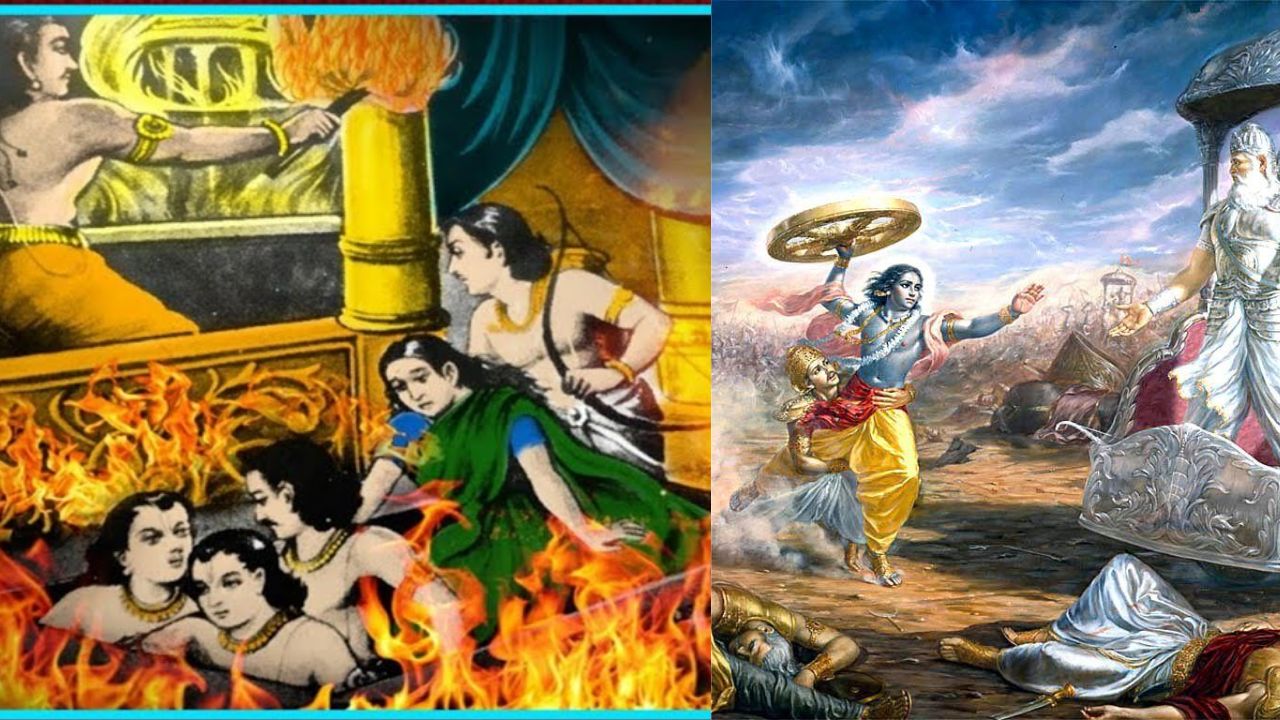
Jarasandha's Arena
Readers and viewers of the Mahabharata know Jarasandha, a powerful character whose life was ended by Bhima. Jarasandha was the king of Magadha. The Archaeological Department has discovered an arena in Rajgir, Bihar, believed to be the site where Bhima killed Jarasandha. It is now a tourist attraction.
The Anga Kingdom of Karna
Karna, Kunti's eldest son, was the king of Anga, a gift from Duryodhana. The Anga region is now known as Gonda district in Uttar Pradesh. It's also said that Jarasandha gave Karna a part of his kingdom, corresponding to present-day Munger and Bhagalpur districts in Bihar. The enduring nature of these regions suggests some historical truth to these claims.
Arjuna's Chakravyuha
Evidence of this formation is found in Himachal Pradesh's Hamirpur district, near Solah Singvi Dhar. Archaeological excavations uncovered a massive human-like structure. The Pandavas stayed here during their exile, and Arjuna learned about the Chakravyuha, depicting it on stone, which still exists. The intricate design shows a clear path in, but the exit remains obscure. This place is also known as the Peeplu Fort.
The Bhagavad Gita
Most verses in the Bhagavad Gita are written in two lines. Each verse conveys profound meaning concisely. The wisdom within is beyond the capacity of an ordinary individual. Even with advanced human civilization, the Gita's knowledge remains incomprehensible, arguably only revealed by God. This supports the belief that Lord Krishna imparted the Gita's wisdom to Arjuna, indicating the existence of the Pandavas and, therefore, the Mahabharata.
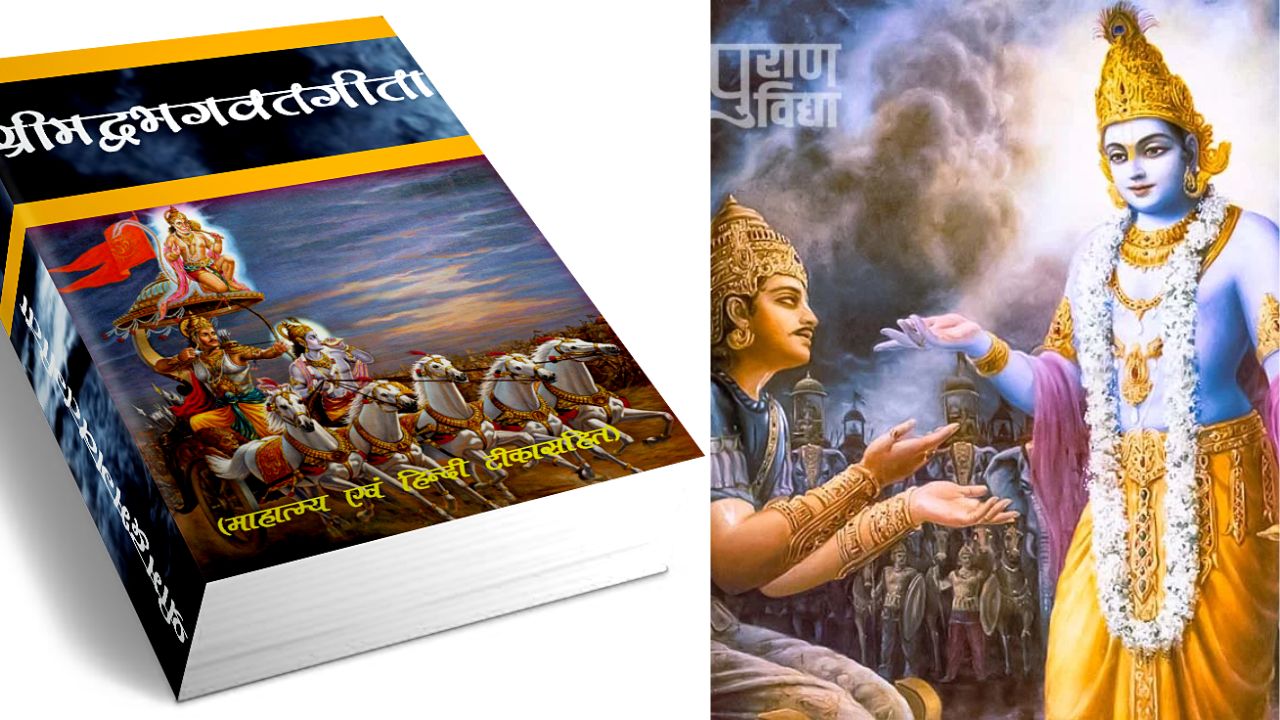
Ghatotkacha's Skeleton
During excavations near Kurukshetra, the Archaeological Department found a giant human skeleton. Analysis revealed it wasn't an ordinary human, leading to the theory it belongs to Ghatotkacha. The description of Ghatotkacha in the Mahabharata aligns with this skeleton. He was killed by Karna.
Lord Krishna's Dwarka
Lord Krishna is known as the king of Dwarka, as mentioned in the Mahabharata. This city is said to have been submerged. Remarkably, the Archaeological Survey of India discovered an ancient city under the sea near Gujarat, evidenced as the Dwarka mentioned in the Mahabharata.
Kedarnath and Pashupatinath Temples
According to legend, Lord Shiva was angered by the Pandavas' bloodshed during the Mahabharata war. At Krishna's suggestion, the Pandavas sought forgiveness in Guptakashi. Upon seeing them, Shiva disappeared and moved elsewhere, a place now known as Kedarnath. The Pandavas followed, but Shiva transformed into a buffalo and mingled with a herd. The Pandavas recognized him, but as Shiva started sinking into the earth, Bhima stopped him. Shiva then revealed himself, forgave the Pandavas, and his body became Kedarnath, while his face became Pashupatinath. Both temples still exist.
Ashwatthama
Ashwatthama is another piece of evidence supporting the Mahabharata. Dronacharya's son, Ashwatthama, was highly intelligent and influential. A gem on his forehead made him invincible. History records Ashwatthama teaching Prithviraj Chauhan to use Vedic arrows. A Shiva temple exists where Ashwatthama still offers water and flowers daily. After Dronacharya's deceitful death, a vengeful Ashwatthama killed Draupadi's five sons. Arjuna pursued him; both launched Brahmastra, but Vyasa intervened, preventing Earth's destruction. Arjuna retrieved his weapon, but Ashwatthama, unaware of the counter-mantra, redirected it towards Uttara, Abhimanyu's wife, who was pregnant. Krishna, angered by the killing of innocent women and children, took the gem from Ashwatthama's forehead, cursing him to wander Earth until the end of Kali Yuga, and revived Uttara's child.
